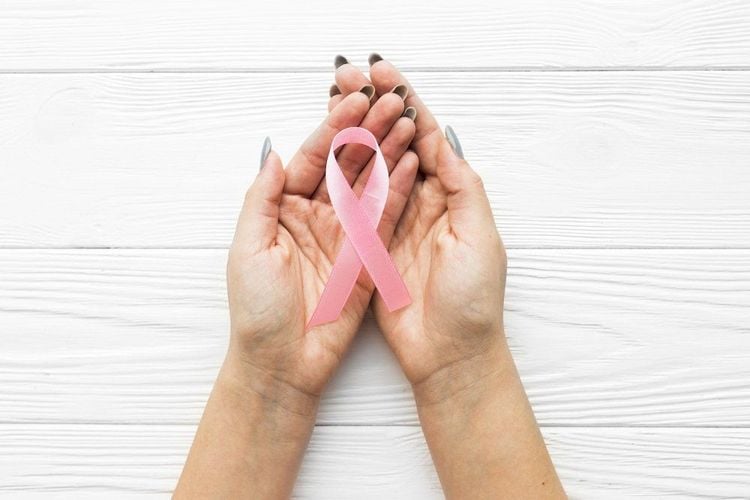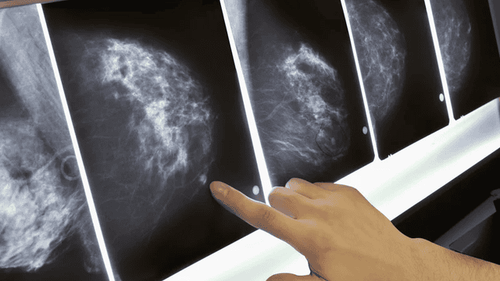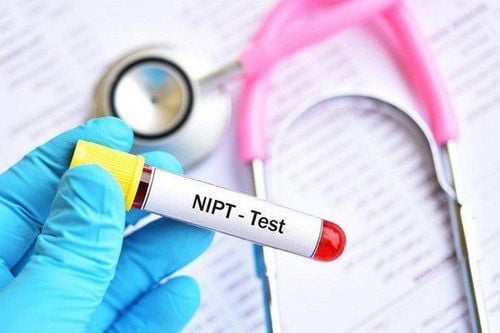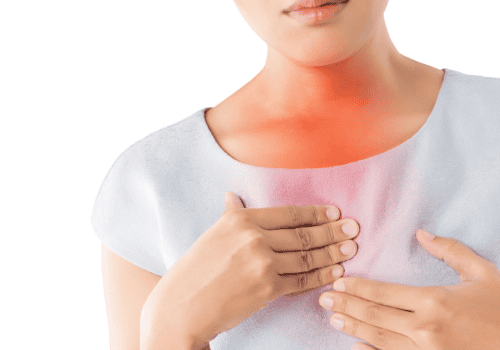This is an automatically translated article.
It is often difficult to know exactly why one person has cancer and another does not. Many studies have shown that there are many cancer risk factors such as exposure to chemicals, as well as certain health risk behaviors. Therefore, a correct understanding of cancer risk is very important for cancer prevention.
1.What is the risk of cancer? 1.1. What is the risk? When scientists talk about risk, they are talking about a probability or a chance that something will happen. In medicine, people use "risk" to assess the likelihood of a disease or a syndrome.
Risk estimates for diseases in general and for cancer in particular are determined by studying a large population over a certain period of time to see how many people have the disease and the patients What behaviors or habits are associated with an increased or decreased risk of disease?
There are two types of risk: absolute risk and relative risk.
Absolute risk: Absolute risk refers to the probability of a cancer developing over a specified period of time. For example within 1 year, in 5 years or at 50 years old, 70 years old.... Absolute risk is the probability that an individual will get cancer during their lifetime. For example, the risk of prostate cancer in men is about 11%. In other words, about 11 out of every 100 men will develop prostate cancer. An individual's risk of getting a certain disease is also related to many other factors such as age, sex or the status of some related diseases. For example, a woman's lifetime risk of colorectal cancer is about 4%, but this figure is only 0.3% for women under 50.

Relative risk: Relative risk provides a comparison of incidence between populations, not an absolute value. This type of risk helps to draw conclusions about whether a certain factor is a risk factor for cancer by comparing the proportion of patients with cancer in a group of people with unique characteristics that people don't have. is considered a risk factor for cancer with the proportion of patients with cancer in the population that does not carry those characteristics. For example, when comparing the relative risk of lung cancer in smokers with non-smokers, the risk of lung cancer in smokers is 25 times higher than in non-smokers. . So the risk of lung cancer for smokers is 25.
Trắc nghiệm: Thử hiểu biết của bạn về bệnh ung thư
Ung thư là nguyên nhân gây tử vong hàng thứ 2 trên thế giới. Thử sức cùng bài trắc nghiệm sau đây sẽ giúp bạn có thêm kiến thức về yếu tố nguy cơ cũng như cách phòng ngừa bệnh ung thư.
Bài dịch từ: webmd.com
1.2. Sources of Cancer Risk Statistics Most information about cancer risk factors comes from research sources with large sample sizes over a defined period of time. Researchers have identified a number of risk factors associated with certain types of cancer, such as smoking as a risk factor for lung cancer or prolonged exposure to direct sunlight that can lead to lung cancer. to skin cancer....Risk factor statistics may not provide an exact figure for cancer risk. In addition, each person's risk of disease depends on many different factors including age, gender, living environment, eating habits, activities or family history of cancer. .... Also, cancer is personal. Two people of the same age, sex, race, economic status, lifestyle still have cases where one person has cancer and the other does not. Some information or articles may indicate factors. a person's risk of cancer however it cannot be conclusive about whether this person will develop cancer in the future. When reviewing cancer risk information, the following details should be kept in mind:
Study subjects: A group of people with certain characteristics that are risk factors for cancer. Paying attention to the age, gender, ethnicity, and history of cancer in the family members of that population Study sample size: Studies with large sample sizes that mean many participants have high accuracy than studies with small sample sizes. Interested in other similar studies: Cancer studies can produce mixed results, one factor may be that the cancer risk of one study may not be accurate in another.

2. Correct understanding of "Cancer risk" "Cancer risk" is used with the primary purpose of improving people's health. For example, the risks of lung cancer from smoking or skin cancer from direct sun exposure will be warned, thereby helping people limit smoking or apply sunscreen before going out. way to prevent cancer.
A cancer risk factor is anything that increases a person's chance of getting cancer. However, most risk factors do not directly lead to cancer. The most important thing is to be aware of your risk factors to limit them in your own health care.
General risk factors for cancer include:
Age Personal history of cancer as well as family members Smoking Smoking Obesity Heavy use of alcohol, beer or other stimulants Infection some viruses such as human papillomavirus Exposure to many harmful chemicals, radiation such as ultraviolet rays in the sun.
People can completely prevent cancer by stopping risk behaviors including drinking, smoking, obesity and prolonged sun exposure. However, there are some risk factors that cannot be prevented, such as aging or gender. Understanding risk factors that can help doctors decide on the direction of cancer screening or treatment includes:
Cancer screening tests such as mammograms or mammograms for early detection breast cancer. Screening is done at an earlier age and more frequently than routine screening. Surgery or medication use reduces the risk of breast cancer. For example, a woman whose mother has had breast cancer is more than twice as likely to develop breast cancer than other women. Surgery or medication reduces the risk of breast cancer by up to 95% in these patients. Genetic testing: People with a family history of certain types of cancer are often ordered to have genetic testing to find abnormalities in the genome or DNA genetic material early.

Currently, Vinmec International General Hospital has Cancer Screening packages, which help screen and screen common cancers, detect diseases in time even when there are no symptoms. Some types of cancer that can be screened at Vinmec include: Breast Cancer Screening, Gynecological Cancer, Colon Cancer, Prostate Cancer, Stomach Cancer, Gastrointestinal Cancer, Liver Cancer , Head and neck cancer, lung cancer...
In addition, at Vinmec, there is a Package of General Cancer Early Detection (Intensive) - Female and a Package of General Cancer Early Detection (Intensive) - Male is for customers over 40 years old, have a need for periodic cancer screening and have a high risk of cancer.
To register for cancer screening at Vinmec International General Hospital, you can contact Vinmec Health System nationwide, or register online HERE
Reference source: mayoclinic.org, cancer .net
MORE:
Genetic testing to assess cancer risk Foods to limit cancer risk Genetic mutations BRCA & Risk of breast and ovarian cancer













